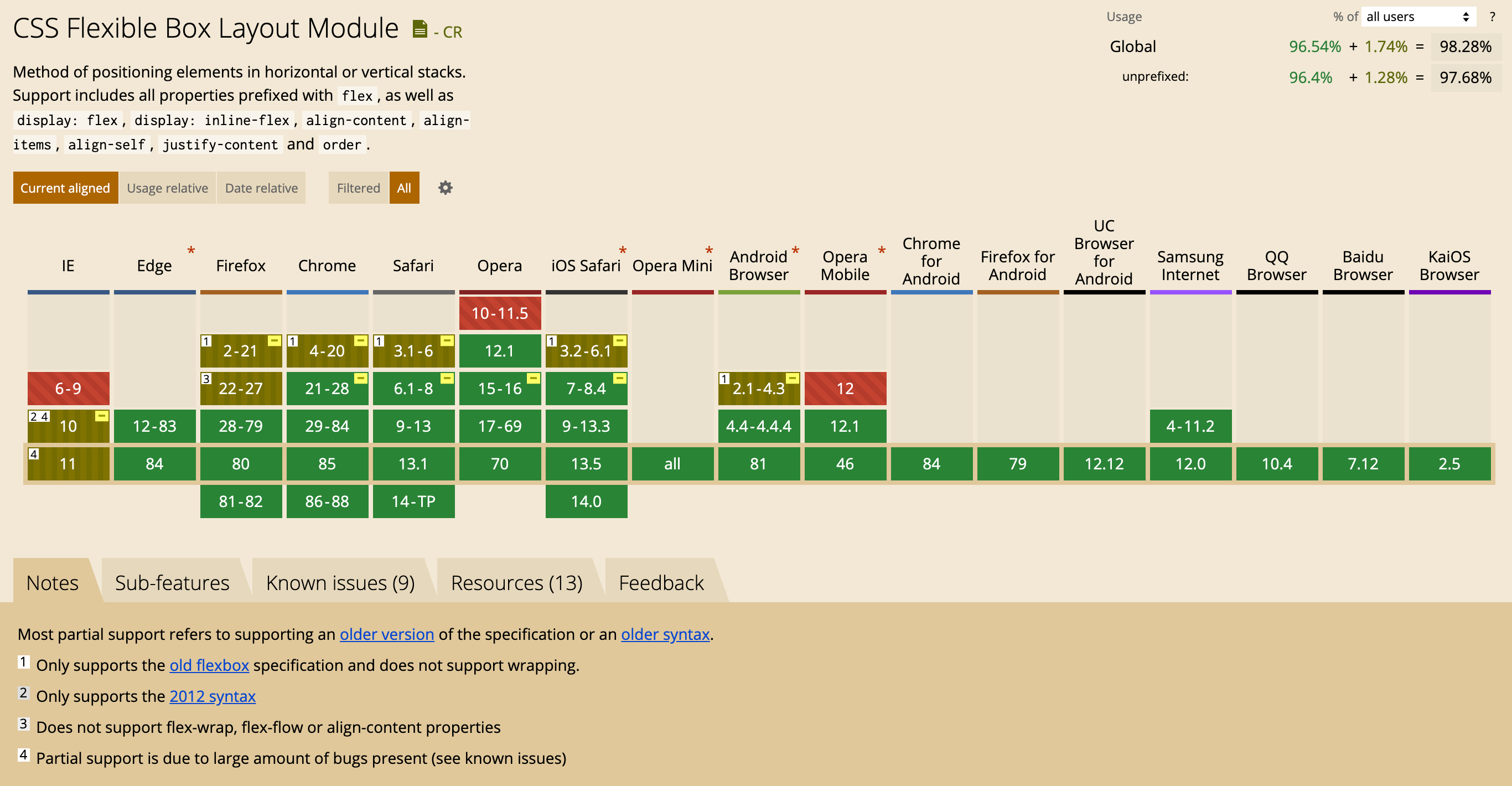
tPreferredSize(new Dimension(550, 300)) įtDefaultCloseOperation(JFrame. Flow layouts are typically used to arrange buttons in a panel. PanelBrdLayout.add(panelGrid, BorderLayout.SOUTH) A flow layout arranges components in a left-to-right flow, much like lines of text in a paragraph. JPanel panelBrdLayout = new JPanel(new BorderLayout()) PanelGrid.add(new JCheckBox("Demo CheckBox2")) PanelGrid.add(new JCheckBox("Demo CheckBox1"))

JPanel panelGrid = new JPanel(new GridLayout(10, 5, 10, 10)) JPanel btnDPanel = new JPanel(new FlowLayout(FlowLayout.RIGHT)) JPanel btnCPanel = new JPanel(new FlowLayout(FlowLayout.LEFT)) JPanel btnBPanel = new JPanel(new FlowLayout(FlowLayout.RIGHT)) JPanel btnAPanel = new JPanel(new FlowLayout(FlowLayout.LEFT)) JButton btnD = new JButton("Button4 (Right)") ītnA.setPreferredSize(new Dimension(150, 20)) ītnB.setPreferredSize(new Dimension(150, 20)) ītnC.setPreferredSize(new Dimension(150, 20)) ītnD.setPreferredSize(new Dimension(150, 20)) A FlowLayout arranges components left-to-right top-to-bottom, much like the centred text button in Microsoft Word for Windows, where each line is filled and. JButton btnC = new JButton("Button3 (Left)") JButton btnB = new JButton("Button2 (Right)") JButton btnA = new JButton("Button1 (Left)") GridLayout(int rows, int columns, int hgap, int. GridLayout class that places a containers components in a grid layout. The following is an example to combine layouts in Java − Example package my GridLayout(int rows, int columns) - creates grid layout with the given rows and columns, but no gaps between. The align property of the flow layout (can be passed to constructor or set. Within the panels, we have created components such as Button, ComboBox, etc.

#Flowlayout vs grid java code
The code snippet below creates the GridLayout object and the components it manages.ĪpplyButton.Here, we have set panels with BorderLayout, GridLayout and FlowLayout. If the GridLayoutDemo window is resized, the GridLayout object changes the cell size so that the cells are as large as possible, given the space available to the container. As with FlowLayout, the order in which you add components is relevant. Each component takes all the available space within its cell, and each cell is exactly the same size. The GridLayout is widely used for arranging components in rows and columns. Alternatively, to compile and run the example yourself, consult the example index.Ī GridLayout object places components in a grid of cells. The container will be divided into a table of rows.
#Flowlayout vs grid java download
Java™ Web Start ( download JDK 7 or later). The layout will display the components in the format of rows and columns statically. The following figure represents a snapshot of an application that uses theĬlick the Launch button to run GridLayoutDemo using If you are interested in using JavaFX to create your GUI, see Otherwise, if you want to code by hand and do not want to use GroupLayout, then GridBagLayout is recommended as the next most flexible and powerful layout manager. If you are not interested in learning all the details of layout management, you might prefer to use the GroupLayout layout manager combined with a builder tool to lay out your GUI. Note: This lesson covers writing layout code by hand, which can be challenging.


 0 kommentar(er)
0 kommentar(er)
